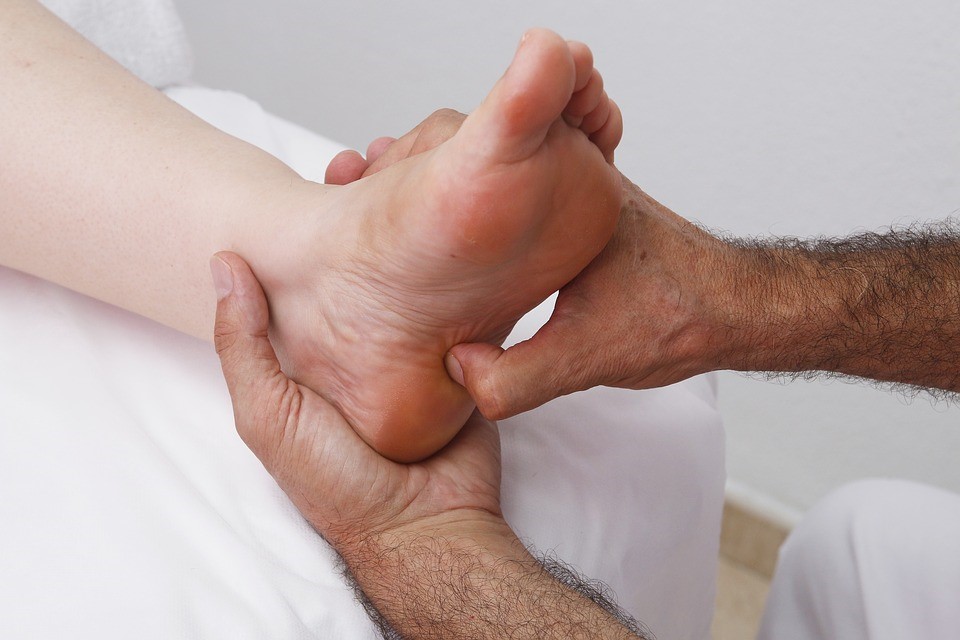
Moton’s Neuroma involves a thickening of tissue around one of the nerves that run between the long bones (metatarsals) in the foot. It is most common in the nerve between the third and fourth metatarsal bones that can cause pain and numbness in the toes. It usually only effects one foot. It is very rare to have two neuromas at the same time in the same foot.
What are the symptoms?
Morton’s Neuroma symptoms include intermittent pain. It may feel like a burning pain in the ball of your foot or a feeling like you are standing on a small stone or marble. Your toes may feel numb or tingle.
It is possible to have Morton’s neuroma without any symptoms.
What is the cause of Morton’s Neuroma?
The main cause of Morton’s neuroma is incorrect or ill-fitting footwear. Tight fitting or high heels can cause the nerves in your feet to become compressed or irritated. The nerve thickens and gradually becomes more painful as a result of pressure on it. Most people who wear high heel shoes with Morton’s neuroma have experienced relief with switching foot wear to a lower heel.
Morton’s neuroma can also be caused by a foot of gait abnormality like flat feet, high arches and bunions.
Morton’s Neuroma can also be linked to certain sports. Participating in high impact athletics activities such as running may subject your feet to repetitive trauma. Also, sporting activities that require tight fitting shoes such as skiing, ballet or rock climbing can also put pressure on your toes.
When should I see the Podiatrist?
If you have foot pain that does not seem to go away after changing your footwear or stopping activities that may be responsible, it is best to see your podiatrist. Morton’s neuroma is treatable, but if not treated properly it can lead to long term damage.
A podiatrist will do a full assessment including your history with the pain. The podiatrist will press on your foot to feel for a mass or tender spot. There may also be a feeling of “clicking” between the bones of your foot.
Your podiatrist may also send you for some x-rays, ultrasounds, or even an MRI to rule out other possible causes of the pain.
What is the treatment?
It depends on the severity of the Morton’s neuroma but your podiatrist will normally recommend trying conservative treatments first such as foot pads, orthotics, simple adjustments of footwear including low heels and box toes, stretch exercises, rest and ice, exercises to strengthen your ankle and toes, massaging the ball of your foot.
If pain persist your podiatrist may recommend cortisone injections or anti-inflammatory drugs.
When all treatments have been exhausted surgery may be suggested.
